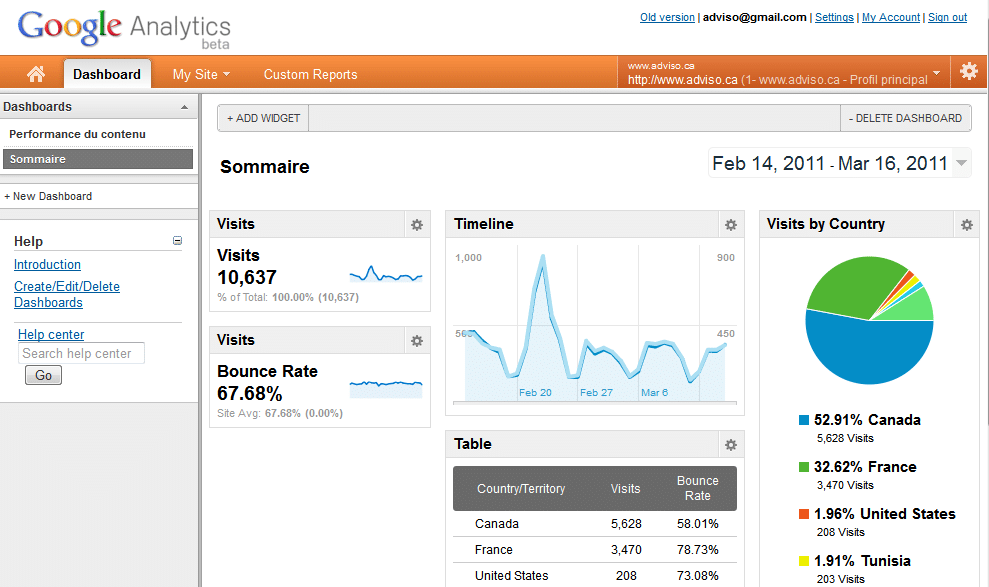E-commerce: trends on internal search engines
We often use the expression of Avinash Kaushik, "Google is the new home page" clearly demonstrating that a large number of Internet users turn to Google almost every time to find a product.
But what happens when he knows your site and arrives there directly? It often uses your search engine. Have you made a request lately in the internal search engine of your site? Are the results optimal?
This is a question that many companies still do not ask themselves even if 71% of Internet users use keyword research to find a product i . Yet, an investment in improving the search function not only better serves the visitor who will find the product more efficiently, but also improves your site's conversion rate by maximizing purchases from a search.
ANALYSIS OF THE KEYWORDS USED
Before even thinking about modifying your search engine, it is crucial to analyze the searches carried out there. With tools like Google Analytics, it is possible to know the most used keywords as well as the conversion rate associated with them. These two pieces of information are the basis of an audit of your current search engine since they will allow you to see the results offered for the most important searches while checking whether these results encourage the visitor to buy the product.

If your site gets a very high number of searches, it is important to organize the keywords by theme and prioritize because the analysis can quickly take a considerable amount of time. Once you've done that research, here are some advanced search features you should consider.
FACETED SEARCH
Faceted search is becoming the standard in search results. Rather than offering an advanced search from the start to the visitor, we let him do a standard search (like in Google) and we allow him to filter his results afterwards based on the attributes that interest him.
While several e-commerce leaders still don't use ii facets , some are using them with errors. One thinks in particular of the number of facets used which is sometimes much too large and can cause problems for visitors rather than help them in their search. On this subject, it is generally appropriate to limit oneself to about 7 facets since this is the maximum number that the human brain can manage easily iii .
AUTOCOMPLETE SEARCH
A trend that seems to be taking more and more space in internal search is the suggestion of keywords based on the first letters used in the search box. Sites like Dell and Amazon use this approach in particular to minimize dead ends. Indeed, rather than having to program all the possible errors in the search engine, we correct the situation from the first letters searched.
It is also possible to include in these suggestions other elements of information that could influence the visitor even before having completed his search, as Apple currently does.
FINALLY, GOOGLE'S OFFER
Although Google's new “commerce search” solution is not for everyone (minimum cost of $50,000/year), Google's offer could become attractive over the next few years. In fact, in addition to deploying several advanced search functions, the solution uses a single data stream for both internal research and Google research (Product Search).
Depending on the possible integrations with other Google tools such as Analytics, Website Optimizer and Adwords, perhaps Google will also succeed in entering this area.
i eTailing Group ii Annual Mystery Shopping Study, eTailing Group, February 4, 2010. Facets used by 100 retail e-commerce sites shop by color – 11%, shop by brand/shop by price – 8% and shop by size – 7%, iii Humans can deal adequately with 7 items, plus or minus 2



.jpg)





